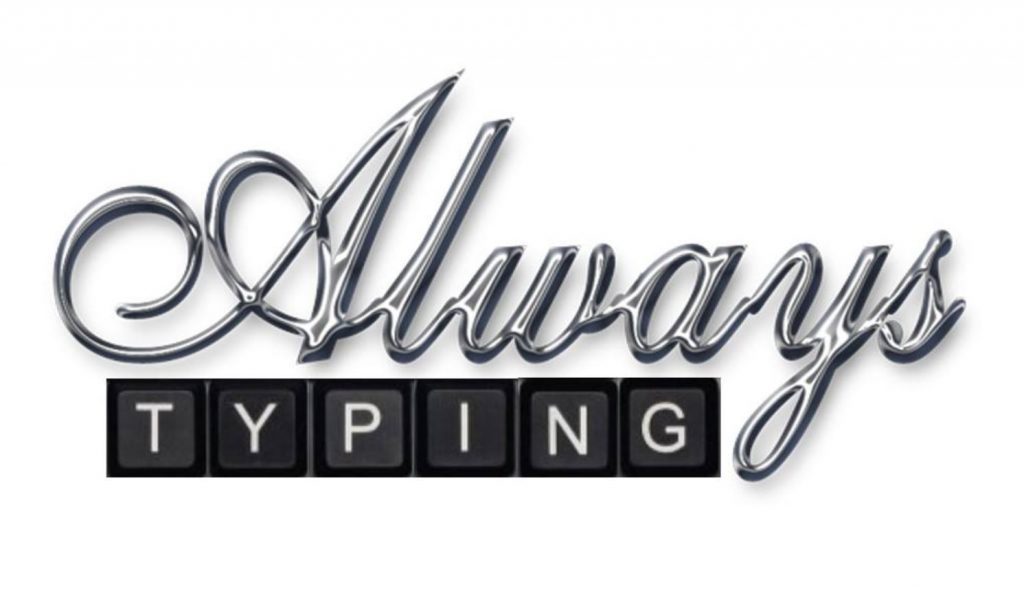What do you know about Applicant Tracking Systems (ATS)?
Job seeking can sometimes be compared to throwing your resume into a black hole. You go through 100 listings on any job search website and complete the online application with zero results. Ever have that happen?
The problem is that you’re probably not putting the correct keywords into your resume.
When you hit “Submit” on an online application, it isn’t automatically emailed to the hiring manager. It goes through this computer system that scrubs your resume for specific keywords that are found in the job description posted by the company. It also looks for years of experience and education, among other things.
Table of Contents
ToggleKnow your audience & have a back-up plan
Your resume must be written to impress 2 audiences — the ATS and a hiring manager. Having a document that speaks to a computer and a human being can be a daunting task. Many resume writers will tell you that you need to stand out in the sea of sameness by adding some personality to your resume through design.
The name of the game is to always have your resume at the top of the stack.
What is an Applicant Tracking System (ATS)?
An ATS is a software application used by the majority of companies to manage and streamline their recruitment process. Its primary function is to scan and assess the multitude of resumes and job applications received for a vacancy. The ATS serves as an automated screening tool, helping recruiters and HR professionals identify the most qualified candidates swiftly and efficiently.
How Does an ATS Work?
ATS systems work by parsing and analyzing the content of resumes and job applications. They are programmed to search for specific keywords, qualifications, and other criteria that match the job description. The system assigns a score to each application, ranking candidates based on their alignment with the job requirements.
Some resume No-No's related to the ATS
Once you’ve narrowed down your target career path and are getting ready to apply for jobs it’s important to be sure your resume will not be rejected.

Here are some tips to help make sure your resume won’t end up in a digital nowhere land:
- Jargon and buzzwords: (1) they are probably not lending any value to your resume that will get you past the ATS, and hiring managers hate seeing “experienced go-getter,” self-motivated,” and “dedicated, reliable individual.”
- Overly designed resumes: Many job seekers feel like they’ll stand out from the crowd by having a creative-looking resume. The fact is that ATS cannot properly parse information from these resumes as they can’t read the information in text boxes, graphs, charts, or tables, nor can they read images. If the ATS can’t read it, it will be rejected.
- Font & margins: Make sure you’re using the right font, keep the font size to at least 10pt, and have margins that are no less than 1/2″. Some acceptable fonts are Calibri, Cambria, Garamond, Tahoma, Trebuchet, and Veranda.
- Customize Your Resume: Tailor your resume for each job application by incorporating relevant keywords and phrases from the job posting. Mirror the language used in the job description to increase your chances of being flagged as a strong match.
- Use a Standard Resume Format: Stick to traditional resume formats like the reverse-chronological style. ATS systems are more adept at parsing and understanding these formats, ensuring that your information is correctly interpreted.
- Optimize Your Keywords: Identify the essential keywords related to your industry and profession. Include these keywords strategically in your resume, especially in the skills, qualifications, and work experience sections.
- Watch Your File Type: Save your resume in a format that the ATS can easily process, such as .docx or .pdf. Avoid less common file types to ensure compatibility.
- Include Relevant Sections: Make sure your resume contains essential sections like contact information, a summary or objective statement, work experience, education, and skills. ATS systems may not recognize content placed in unconventional sections.
- Quantify Achievements: Wherever possible, quantify your achievements with specific numbers and percentages. This makes it easier for both ATS systems and human recruiters to assess your qualifications.
- Proofread and Avoid Spelling Errors: An error-free resume is essential. Spelling mistakes or typos can lead to automatic rejection by the ATS. Review your resume carefully to ensure accuracy.
Mastering the ATS is Your Pathway to Unlocking Job Opportunities
An Applicant Tracking System is a crucial element of modern recruitment, helping companies efficiently manage a large volume of applications. To succeed in today’s job market, it’s essential to understand how ATS works and how to tailor your resume to navigate it successfully. By customizing your resume, optimizing keywords, and following best practices, you can increase your chances of passing through the ATS and getting one step closer to your desired job interview. Remember, with the right approach, the ATS can become your ally in landing the job of your dreams.
Let us help you not only understand the intricacies of ATS but also create a winning resume that breezes through these digital gatekeepers.
Let us help you not only understand the intricacies of ATS but also create a winning resume that breezes through these digital gatekeepers.



